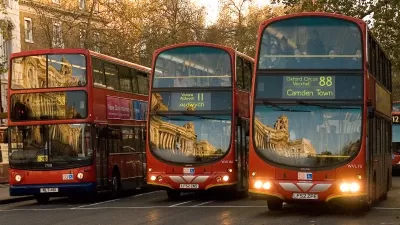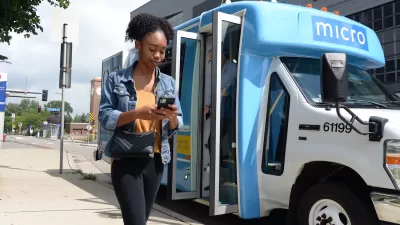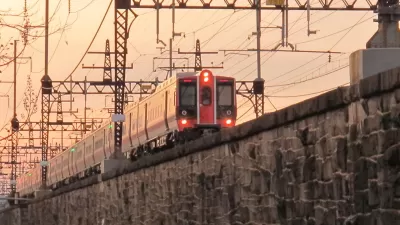BEIJING--When I first learned that I wouldn't be able to rent a car in Beijing, I was disappointed. That's how I usually break away from the business "bubble" to learn something about a city. But, it didn't take more than an hour to realize that I was better off with a local driver than tackling it myself. Driving habits, combined with roads choking with pedestrians, cars, buses, and taxis, convinced me I needed to leave the driving to a "pro".
BEIJING--When I first learned that I wouldn't be able to rent a car in Beijing, I was disappointed. That's how I usually break away from the business "bubble" to learn something about a city. But, it didn't take more than an hour to realize that I was better off with a local driver than tackling it myself. Driving habits, combined with roads choking with pedestrians, cars, buses, and taxis, convinced me I needed to leave the driving to a "pro".
Beijing is a teaming city of 16 million people, and 800,000 more arrive each year. And that's with an explicit policy of population control! Every new arrival needs a permit before he or she can relocate. The city's economy is in overdrive, not in small measure due to next year's Olympic games. All those people, all those jobs, and all that new wealth have created huge burdens for the transportation system.
Beijing's transportation system is going through many of the fits and starts of a growing economy--with wealth comes the desire to own a car. While the city has been adding lots of asphalt, its real focus is on boosting public transit. Right now, 30% of commuters use bus or rail. Almost 60% of the commuters use rail, even though the city only has three rail lines (two subway and one light rail). Another 15% drive cars. How do the others get there? Many walk, but many more use their bike.
The city expects to increase public transit's commuting share to 40% by 2010. But, based on the current mode split, this goal may be too ambitious. Most of those new public transit riders will have to come from bike riders. Car ownership is increasing quickly, not declining, despite the congestion. Walkers are still going to walk. The bus system already extends commutes to over an hour each way for most. That leaves the subway system. While new lines are being built in anticipation of the Olympic Games, I don't see much hope in convincing bicycle riders to give up their bikes for a fixed route transit system. Their bikes already give them a lot of auto-mobility, and they will be unlikely to give that up easily, particularly if their incomes put a car within reach.

Alabama: Trump Terminates Settlements for Black Communities Harmed By Raw Sewage
Trump deemed the landmark civil rights agreement “illegal DEI and environmental justice policy.”

Planetizen Federal Action Tracker
A weekly monitor of how Trump’s orders and actions are impacting planners and planning in America.

Why Should We Subsidize Public Transportation?
Many public transit agencies face financial stress due to rising costs, declining fare revenue, and declining subsidies. Transit advocates must provide a strong business case for increasing public transit funding.

Understanding Road Diets
An explainer from Momentum highlights the advantages of reducing vehicle lanes in favor of more bike, transit, and pedestrian infrastructure.

New California Law Regulates Warehouse Pollution
A new law tightens building and emissions regulations for large distribution warehouses to mitigate air pollution and traffic in surrounding communities.

Phoenix Announces Opening Date for Light Rail Extension
The South Central extension will connect South Phoenix to downtown and other major hubs starting on June 7.
Urban Design for Planners 1: Software Tools
This six-course series explores essential urban design concepts using open source software and equips planners with the tools they need to participate fully in the urban design process.
Planning for Universal Design
Learn the tools for implementing Universal Design in planning regulations.
Caltrans
Smith Gee Studio
Institute for Housing and Urban Development Studies (IHS)
City of Grandview
Harvard GSD Executive Education
Toledo-Lucas County Plan Commissions
Salt Lake City
NYU Wagner Graduate School of Public Service






























